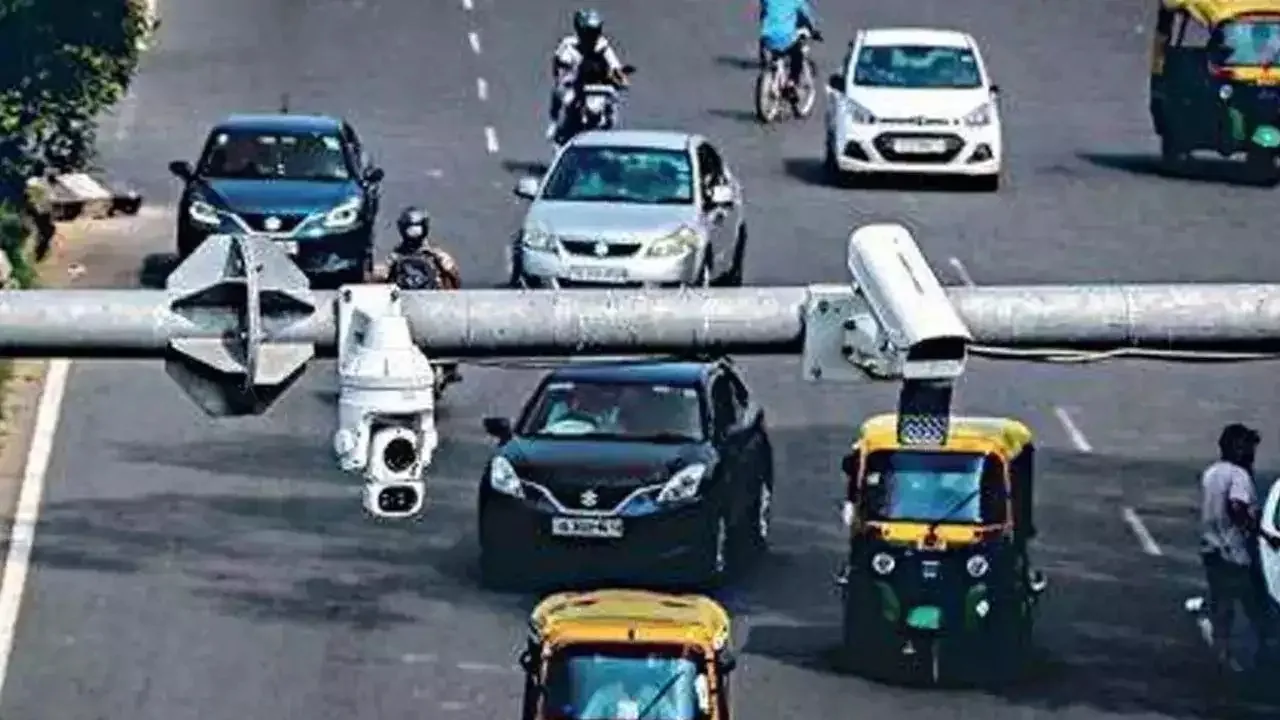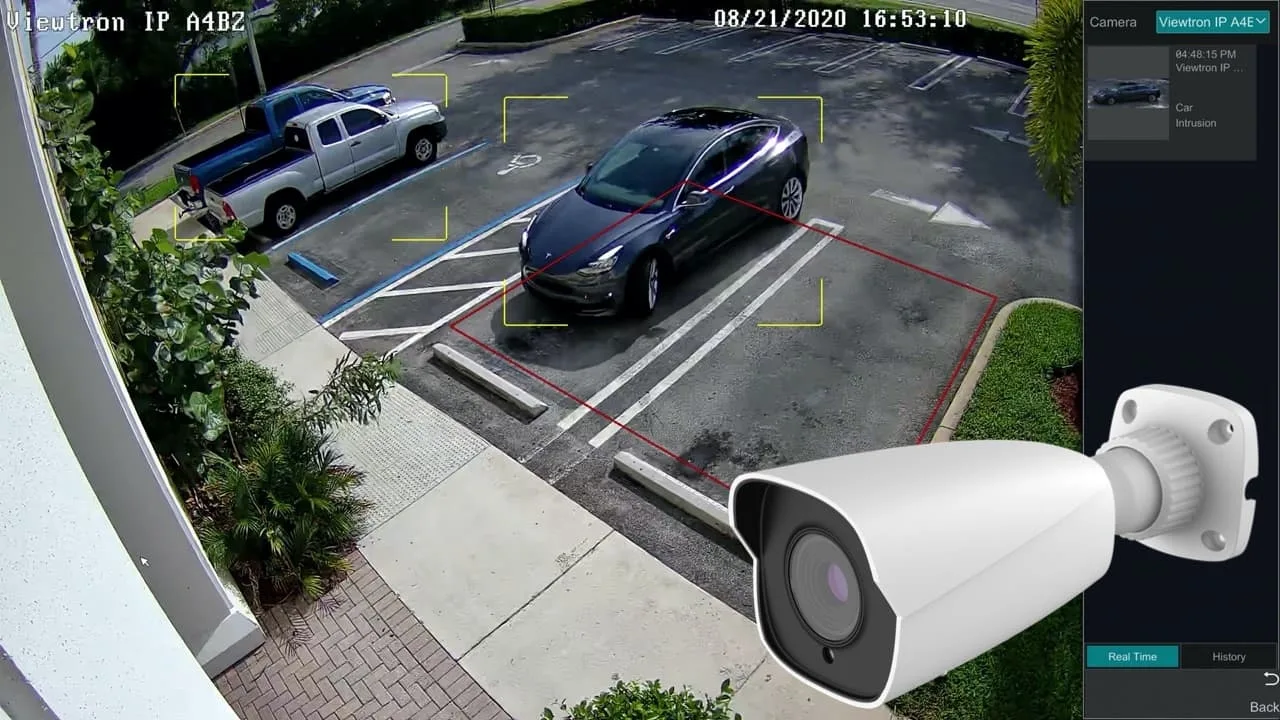Toll Tax: The central government has approved the GPS-based toll system. This will not require stopping at the toll plaza. This new system will make your journey easier. The Ministry of Road Transport and Highways on Tuesday amended the National Highway Fees (Determination and Collection of Rates) Rules, 2008.
It includes electronic toll collection through satellite-based system. With this new system, toll will now be collected from vehicles through GPS. It will be similar to Fastag. But, in this, toll will be charged according to the distance of the vehicle.
According to this new rule, now toll can be collected through GPS and Onboard Unit (OBU). This will be in addition to Fastag and Automatic Number Plate Recognition (ANPR) technology. With these changes, vehicles equipped with Global Navigation Satellite System i.e. GNSS OBU will be able to pay automatic toll based on the distance covered.

Rule 6 of the 2008 rules has been changed to allow dedicated lanes at toll plazas for vehicles with GNSS, eliminating the need for them to stop for manual toll payment.
The change is part of efforts to modernise toll collection on national highways through advanced technology. The ministry has also clarified that vehicles not registered in India or without a working GNSS will continue to be charged standard toll rates.
In addition, a zero-toll corridor of up to 20 km will be introduced for vehicles using the GNSS system. Thereafter, toll will be charged based on the distance travelled.
What happens now?
Currently, toll is paid at toll plazas through cash or Fastag. This often leads to traffic jams. The GPS-based toll system uses satellites and in-car tracking systems.
This system uses satellite-based tracking and GPS technology to collect toll based on the distance travelled by a vehicle. In this way, the need for physical toll plazas is eliminated. Waiting time for drivers is reduced.
How is it different from FASTag?
Unlike FASTag, the satellite-based toll system relies on GNSS technology. It gives the exact location. It uses GPS and India’s GPS Aided GEO Augmented Navigation (GAGAN) system for more accurate distance-based tolling.
How will the new system work?
To implement this system, OBUs will be installed in vehicles. These OBUs will work as tracking devices and will keep sending information about the vehicle’s location to the satellite. Satellites will use this information to calculate the distance traveled by the vehicle.
GPS and GNSS technologies will be used to calculate the correct distance. Apart from this, cameras installed on the highway will confirm the location of the vehicle. Initially, this system will be implemented on select highways and expressways.
OBU can be purchased from the government portal just like FASTag. They will have to be installed in the vehicle from outside. However, in the future, car manufacturers may also sell vehicles with OBU already installed.
